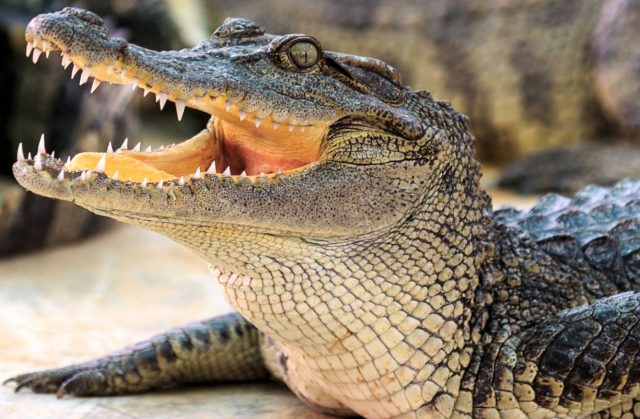Alligator jerky might not be the first type of dried meat that comes to mind, but it is steadily making its mark as an intriguing exotic snack. If the idea of trying alligator meat intrigues you, here’s an informative guide on what to expect, how it’s made, and why it might just become your new favorite snack. For a deeper dive into the world of alligator jerky, you can also explore resources such as https://jerkybrands.com/exotic/alligator-jerky/.
What is Alligator Jerky?
At its core, alligator jerky is the meat of an alligator, dried and seasoned to perfection. It is a flavorful and unique alternative to the more common beef or turkey jerky. As the name suggests, it is made primarily from alligator meat, often the tail, which is considered the animal’s most tender and flavorful part.
History and Origin
While alligators might sound like an unusual choice for jerky today, it’s essential to remember that indigenous communities have consumed alligators for centuries. Native to the southern US states, especially Louisiana and Florida, alligators were an abundant source of meat. Over time, making jerky from the meat became a popular way to preserve this food source.
Taste and Texture
Many first-timers wonder about the flavor profile of alligator jerky. It’s commonly described as a cross between chicken and fish, with a slightly firmer texture. The meat is lean, offering a good bite without being too tough. The actual flavor of alligator jerky can vary based on the seasonings and preparation methods. Some find it mildly gamey, while others believe it is very mild and takes on the flavor of accompanying seasonings.
Nutritional Benefits
Alligator meat, in general, is lean and packed with protein. This makes alligator jerky a great option for those looking for a low-fat, high-protein snack. It is also low in saturated fats and contains essential vitamins and minerals like potassium and vitamin B12. Alligator jerky is a better option for those watching their cholesterol than traditional red meats.
How is Alligator Jerky Made?
The process of making alligator jerky isn’t too different from other jerky types:
- Selection: The first step is selecting a premium cut of alligator meat, typically the tail.
- Cleaning and Preparation: The meat is cleaned thoroughly and then sliced into thin strips.
- Marinating: The meat strips are marinated in a mixture of seasonings. This could include spices, herbs, and other flavors to enhance the taste.
- Drying: The marinated meat is then dried. This can be done using a dehydrator, an oven, or even sun drying. The aim is to remove moisture to preserve the meat.
- Packaging: Once dried, the jerky is packaged in airtight containers to maintain freshness.
Purchasing and Storing Tips
When buying alligator jerky, it’s vital to check for freshness. Look for jerky that has been vacuum-sealed and stored in cool, dry places. Checking the expiration date and ingredients list is also a good idea.
Storage is straightforward. Keep your alligator jerky in a cool, dry place. Once opened, consuming it within a week is a good idea to maintain optimal flavor.
Conclusion
Alligator jerky provides an adventurous twist to the traditional jerky options. With its unique flavor, nutritional benefits, and rich history, it’s no wonder that more and more snack enthusiasts are keen to explore this exotic treat. Whether you’re a jerky connoisseur or just looking for something different, alligator jerky offers a delightful culinary journey worth taking.

Speaks from heart, always too passionate and driven by emotions. Spins the words with kindness & sharpness, intriguing your ever-inscrutable minds.




